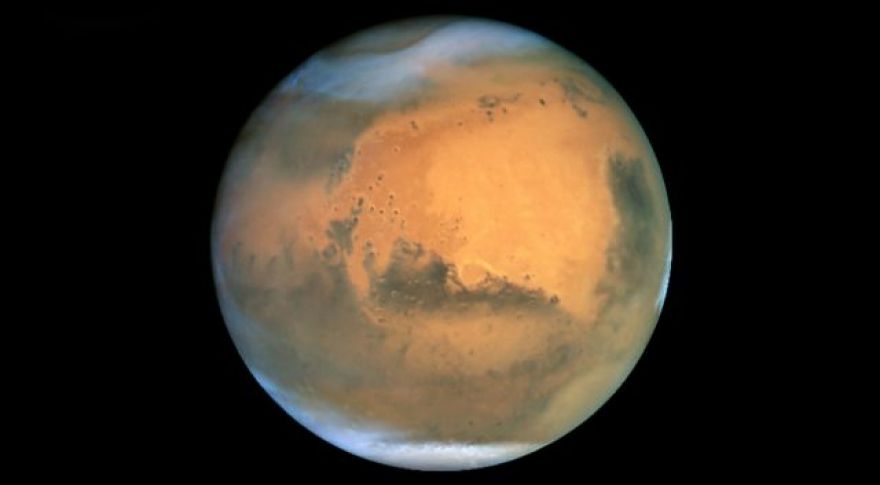
Ripples Reveal Ancient Global Megafloods on Mars
Mars is a mostly dry, dusty planet these days, but the more we study it, the more we learn about its watery past. Very watery, it would seem. New findings from the Curiosity rover . NASA couldn’t see the evidence of this event from space, but Curiosity was able to make the determination by scanning Martian geology from the surface.
Curiosity has been on Mars since 2012, using an array of instruments to photograph, sample, and analyze little bits of Mars. The team from Jackson State University, Cornell, NASA’s Jet Propulsion Laboratory (JPL), and the University of Hawaii used data from the Mars Hand Lens Image (MALI) and Mastcam cameras to detect features in Gale Crater called megaripples.
According to the new study, megaripples are large geological formations consisting of sediment deposited in wave-like ripples. A catastrophic flash flood is the only event scientists know of which can produce such features. The team believes that at some point after Gale Crater formed, an even larger object impacted . This hypothetical impact released enough heat to melt ice deposits on the planet, along with releasing huge volumes of carbon monoxide and methane.
For a time following this impact 4 billion years ago, Mars would have been a warm, watery world again. Rain would have fallen across the globe, causing floodwaters to wash over places like Gale Crater. The torrential downpour washed sentiment off of Mount Sharp and into the floor of Gale Crater, and that’s how we end up with the 30-foot megaripples spotted by the Curiosity team.
A false-color image of Mount Sharp inside Gale crater on Mars shows geologists a changing planetary environment.
Scientists believe that liquid water is essential for life as we understand it. Understanding when and where water existed on Mars could help guide the hunt for evidence of alien life. Curiosity can help point us in that direction, but it’s ill-equipped to search for the evidence itself.
That’s where the new Perseverance rover comes in. The rover, which is based on the wildly successful Curiosity, is already en route to Mars following its summer 2020 launch. When it reaches Mars in February, the rover will use instruments like the Scanning Habitable Environments with Raman and Luminescence for Organics and Chemicals (SHERLOC) and ChemCam to hunt for evidence of past or present life on Mars.
Now read: